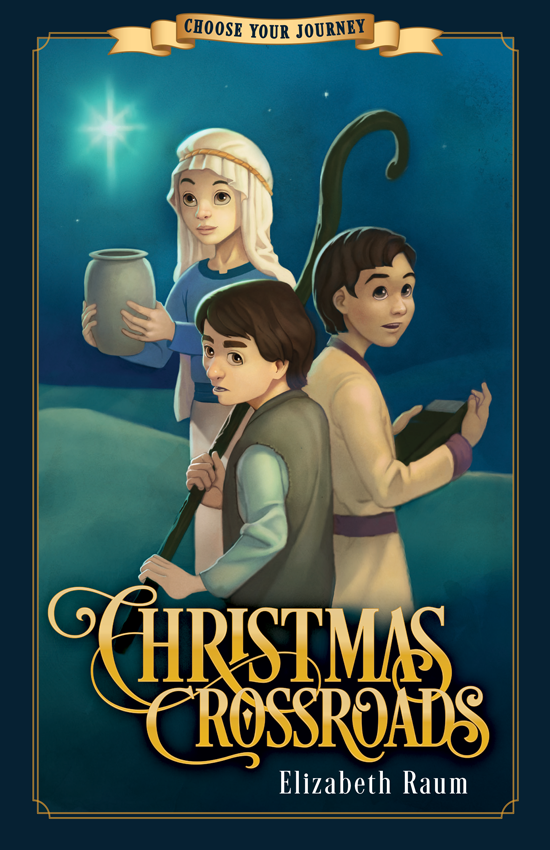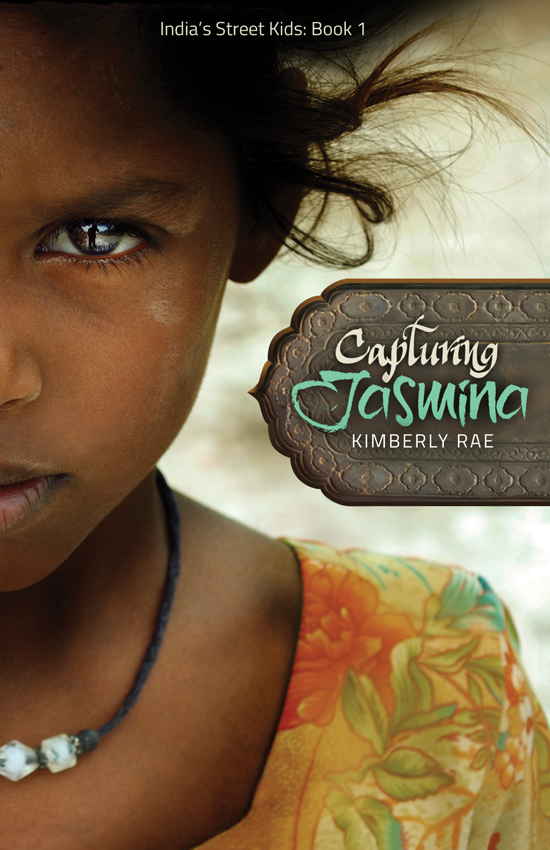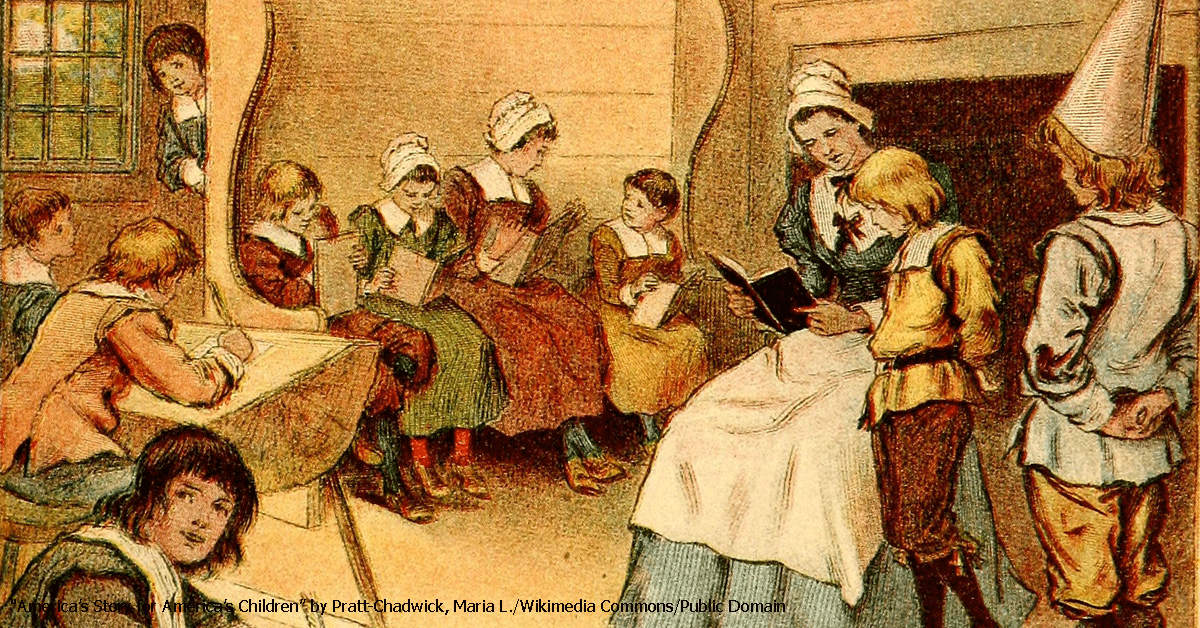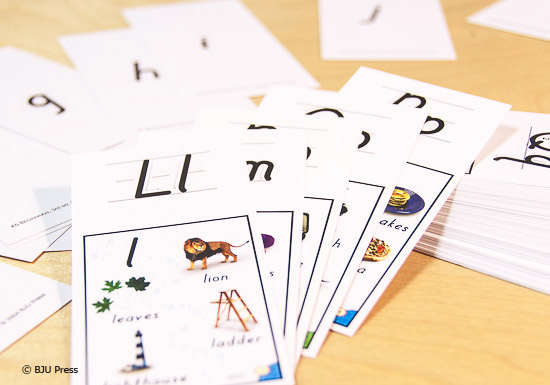If your family is like mine, you probably have books all over the house. Novels pile up as they get handed down from generation to generation and as children receive them as gifts. As a result, you might be wondering why you should buy your children a separate reading textbook that includes different reading selections (also called a basal reader) when you already have plenty of books around for them to read.
At BJU Press we strongly believe in the value of basal readers and publish one for nearly every grade. The rationale behind this can be summed up in three big ideas.

1. A wide range of content exposes your child to many different genres.
We have a lot of storybooks at our house but not much nonfiction or poetry that would appeal to a younger audience. Basal readers ensure that children are being exposed to a variety of genres, including poetry, short stories, plays, letters, and more. Introducing these literary genres is important because every child has different interests. At the same time, basal readers also develop your child’s appreciation for many types of literature. It would be a shame for a child to dislike reading just because she dislikes the particular books available to her.
Keep in mind that a basal reader doesn’t replace novels entirely. By exposing your child to different genres, it provides a great opportunity to find out what he likes to read so you can buy more of those kinds of books.
2. Stories are selected to teach specific skills.
Reading in school should be fun and interesting, but that’s not the only objective. Children need to learn the foundational comprehension skills that they’ll need for the future. Stories and questions in the BJU Press basal readers are chosen intentionally because they illustrate literary concepts that are important for children to learn. Reading and Literature kits include both before and after reading questions that relate specifically to the story to ensure your child is comprehending what he’s reading, and isn’t just saying words out loud.
3. Stories are age and developmentally appropriate.
Ensuring that reading material is age and developmentally appropriate is an important part of keeping children challenged but not frustrated. There can be a lot of guesswork involved in trying to pick out stories for your child to read. You don’t want the vocabulary to be too hard, but at the same time if it’s too easy, your child won’t develop as he reads it. Basal readers include stories from a range of difficulties that are sequenced from less difficult to more difficult to ensure success for every reader.
Take a look at the reading selections included in our BJU Press Reading and Literature books.






